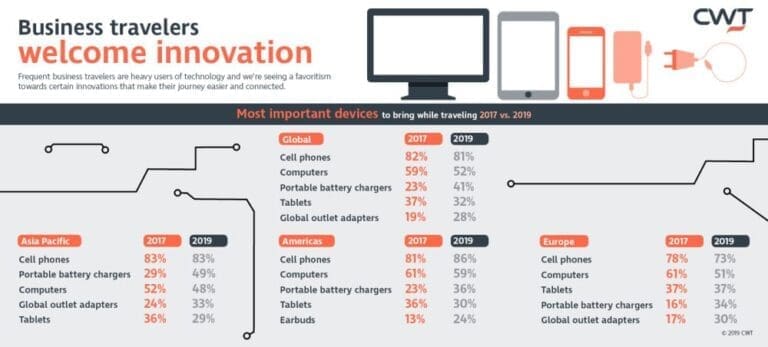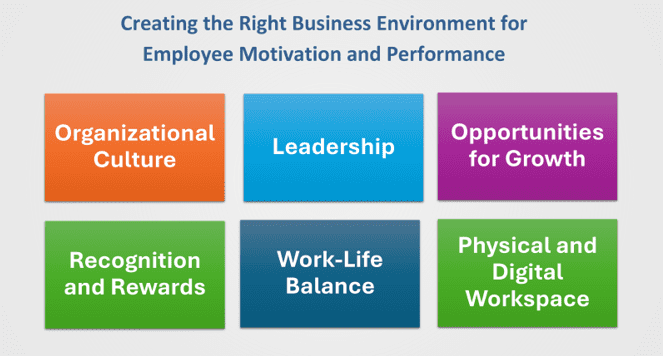
Research by CWT, the B2B4E travel management platform, shows that 71% of global business travelers embrace travel innovation. Travelers from the Americas and Asia Pacific are more likely to favor it, with 75% and 71% respectively. Europeans, on the other hand, are warier of the changes – 7% of them stating a reluctance to embrace travel innovation versus 5% of Asia Pacific and 3% of Americas travelers.
Despite the fact that it is tempting to assume that younger age is a big factor when it comes to innovation acceptance, the results of this survey prove the opposite. Only Asia Pacific millennials score higher: 79% versus 75% of Generation X and 60% of boomers. In the Americas, Gen X travelers lead the way (78%), followed by millennials (76%) and boomers (70%), and in Europe millennials rank last at 64% after the two other generations at 67% each.
“Technological innovation is the future, and frequent business travelers are already benefitting from its potential,” said Andrew Jordan, CWT’s Chief Product and Technology Officer. “Business travelers are people working away from home – so why wouldn’t they want to embrace innovations that make their journeys and their lives easier?”
Top 3 Devices While Traveling
When traveling for business, the top three most important devices to bring along, according to the research, are cell phones (81%), computers (52%), and portable battery chargers (41%). Portable battery chargers have been increasingly favored by travelers since 2017 and have taken over the essential third place from tablets. In 2017, only 23% of global travelers carried these chargers. Tablets have dropped on the packing list from 37% (2017) to 32% (2019).
Smartphones are named among the three most important devices to bring along by 86% of travelers from the Americas, 83% of travelers from Asia Pacific, and 73% of Europeans. Again, Americas travelers score highest when it comes to computers: 59%, but Europeans (51%) overtake travelers from Asia Pacific (48%). The latter are most concerned about running out of power while on the road, with 49% of them bringing portable battery chargers versus 36% of Americas and 34% of Europe travelers.
“Staying connected on the road is not a luxury anymore, it is essential requirement, with the number of devices being less important anymore, but rather how to guarantee travelers can be accessible and feel productive throughout their journey,” said Jordan.

Favorite vs. Used Travel Innovation
Online check-in is both the favorite and most used travel innovation (18% and 45%), followed by:
- Google services (16% and 42%);
- Online booking tools (14% and 44%);
- Mobile travel apps (12% and 41%);
- Fingerprints and retina scans for airport security rather than ID (8% and 16%);
- TSA (Transportation Security Administration) pre-check (6% and 16%);
- Online visa requests (5% and 22%);
- Global Entry (5% and 13%);
- Ride-sharing (5% and 26%); and
- Hotels and/or airports with robot or kiosk receptions (5% and 17%).
Travelers from Asia Pacific show the biggest statistical differences, with 18% rating Google services as their favorite innovation and 50% using them; 15% favoring online booking tools and 49% using them.
47% of travelers from the Americas use online check-in, 43% Google services, and 41% mobile travel apps. TSA pre-check ranks the highest as their favorite innovation (16%).
Europeans show the smallest statistically significant differences, with 26% of them rating online check-in as their favorite and 50% using it.
Note to editor
Top 5 countries that embrace travel innovations the most:
- Argentina – 85%
- Mexico – 85%
- Brazil – 83%
- Spain – 83%
- Italy – 82%



















